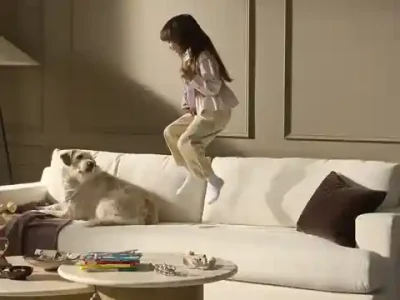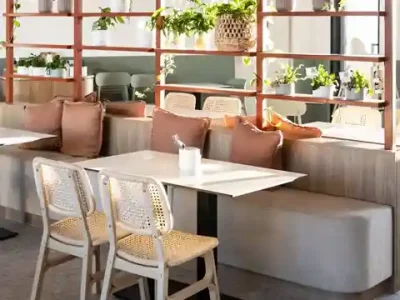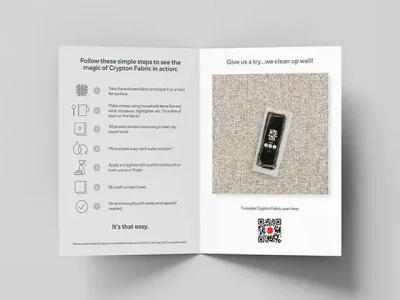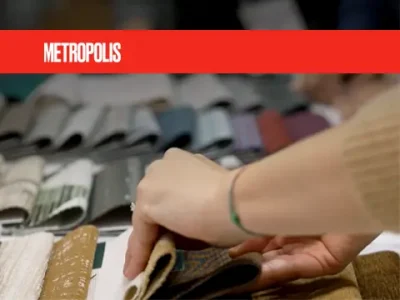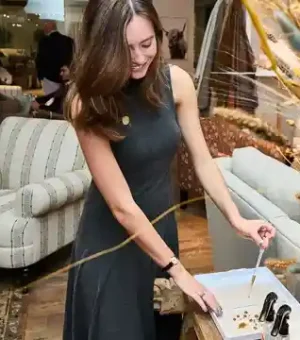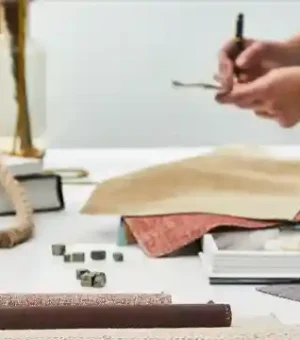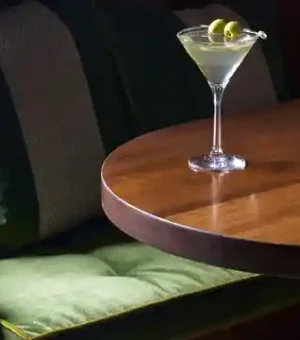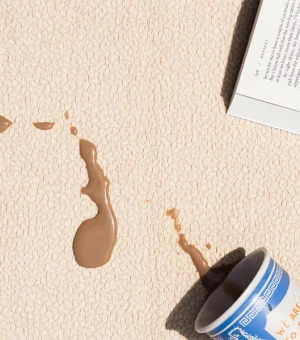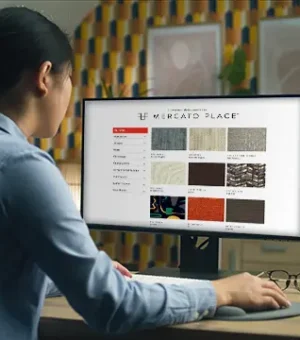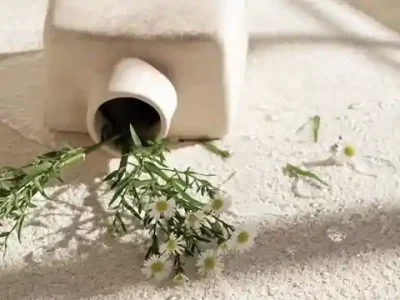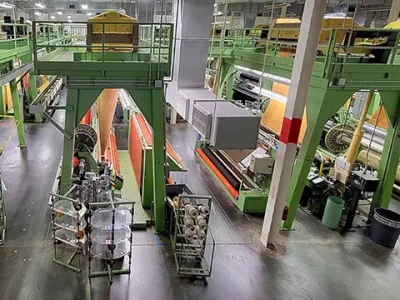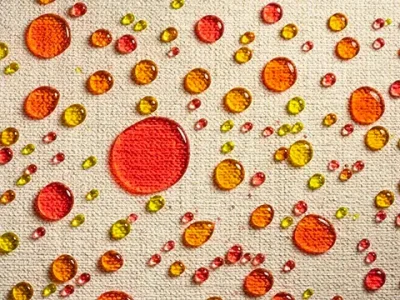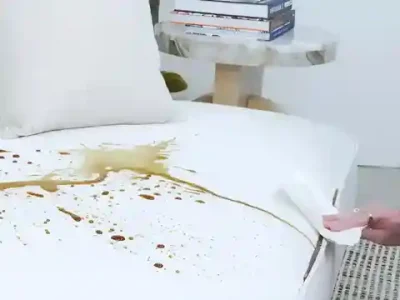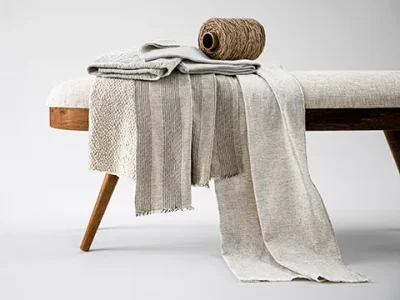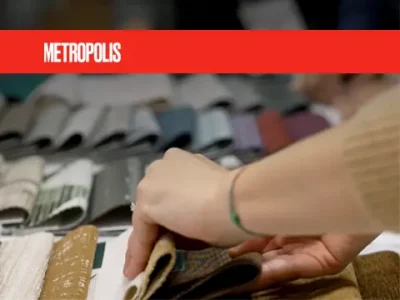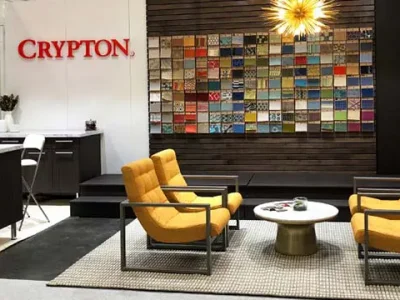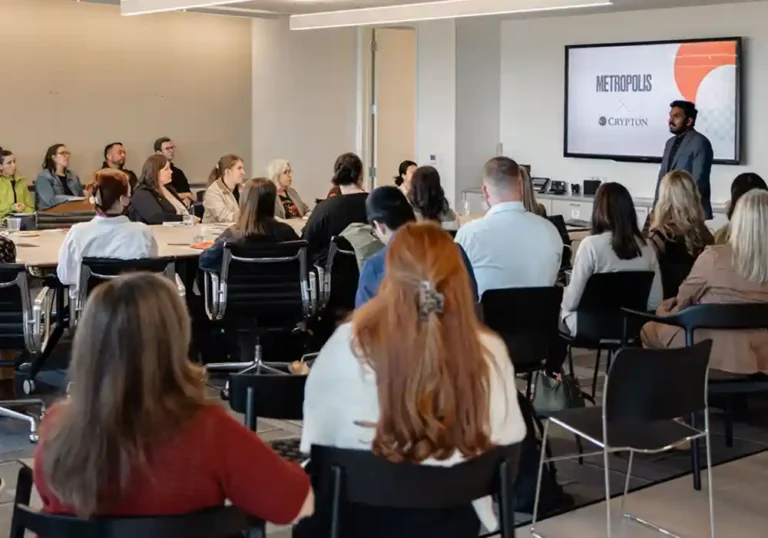Portfolio Tips: Getting Great Architectural & Interiors Photography
As a designer, no matter how amazing your projects are, you’re nothing without images. You need them more than ever, and in a steady stream. For your website, for social media and for publications looking to cover your work, you continually need great images that reflect your talent and passion for design. We asked our marketing and brand strategy team as well as top design-centric public relations and advertising agencies for tips on amassing a portfolio that shows you and your firm in the best light.
Tip #1: Find a Photographer that Fits Your Style
Seek out photographers whose images compel you. Think of your portfolio as the book or magazine of your brand, and you are the art director and editor. As you flip through your apps – Instagram, Flipboard – take a look at the nuances of lighting, mood and perspective that define the look you seek. Check the feeds of influencers you admire, be they editorial entities such as design publications or leading design firms. Consider this when seeking out your own photographers for major projects:
- Do you want to work with someone who prefers to use as much natural light as possible?
- Someone whose style is bulbs off or bulbs on?
- Windows blown out or showing the view, etc.
Fair warning, though, once you start noticing these things it is hard to stop, even in your leisure time.
Tip #2: Apply other disciplines to bring out the best
Consider that sometimes a residential photographer might be best for a hospitality project where the design is meant to feel luxurious. Similarly, an industrial project might benefit from the work of a fine art or archival photographer. Look at the annual reports of some top industrial firms to see great examples of this. Photographers can put an exotic spin on hospitality, theater, stadium, or even office projects.
Award-winning travel photographer, Rick Lew, who has shot the most exotic and far-flung global destinations for Conde Nast Traveler, has in recent years become one of the most sought-after architectural and hotel/hospitality photographers.
Currently, one of the most popular Instagram images under #architecturalphotography is by travel photographer, Parisey. Check out his feed: @theworldisbigandiwantotseeit.
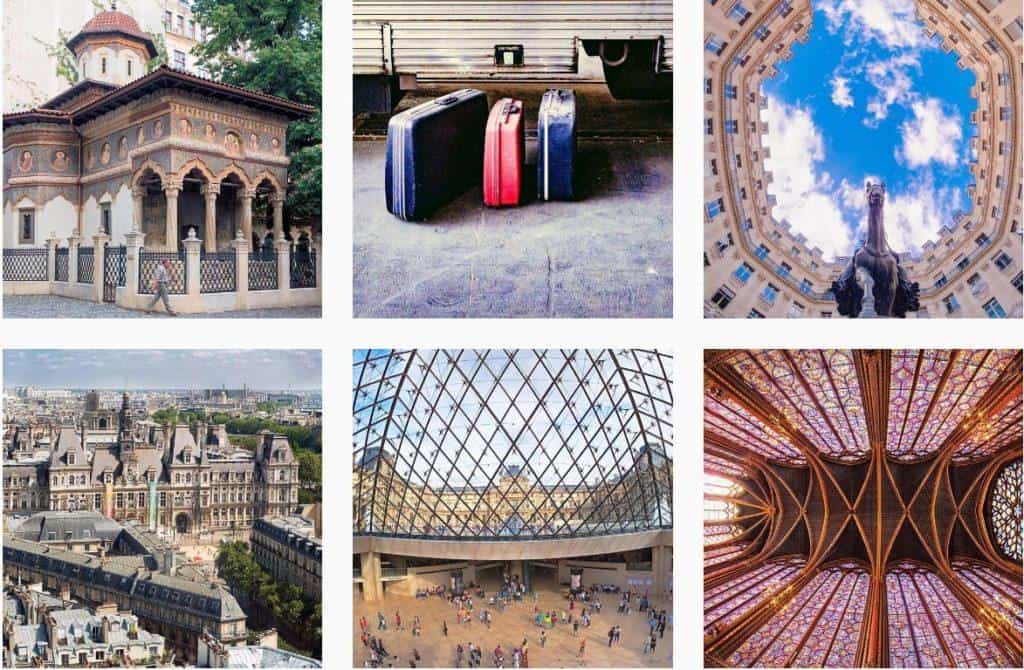
Tip #3: Fortune favors the prepared
Try to have more than one photographer with whom you establish a creative rapport. That way, when your project is ready, you can tap into the talent that’s available within that often short window during which your client is willing to suspend business in order to capture your genius.
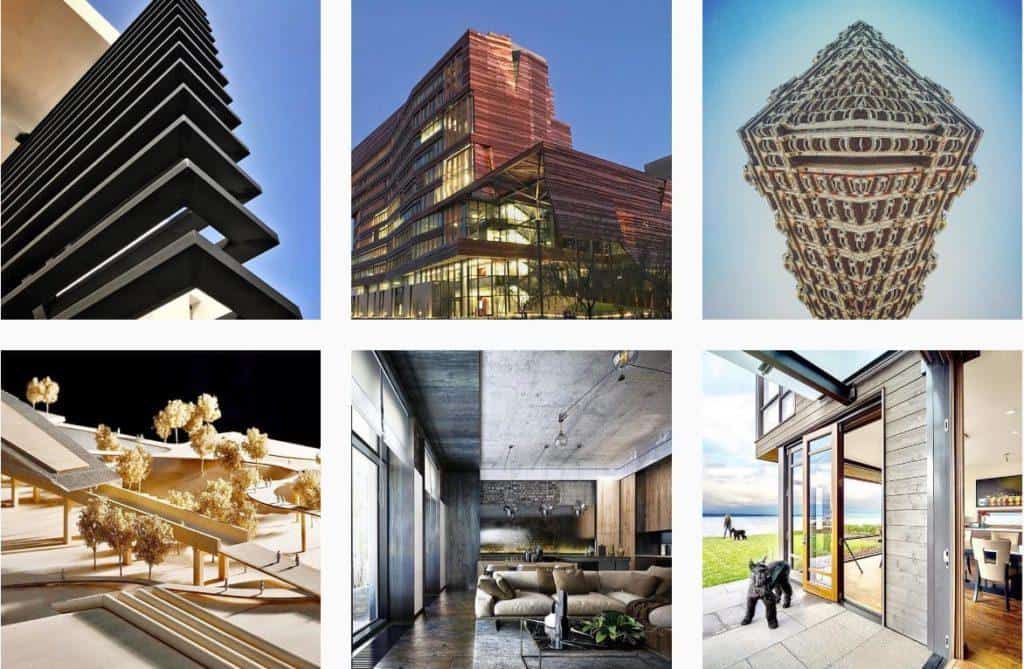
Tip #4: Don’t forget styling
Often the styling is as important as the photography itself. In contract projects less styling is usually more, but none can be a disaster. This is particularly true anywhere you need soft goods styling, such as in hospitality environments where bed, table and bath linens can quickly take over within a shot and distract from your design work if not styled properly. These textiles need to be smooth and contained while still appearing soft and inviting.
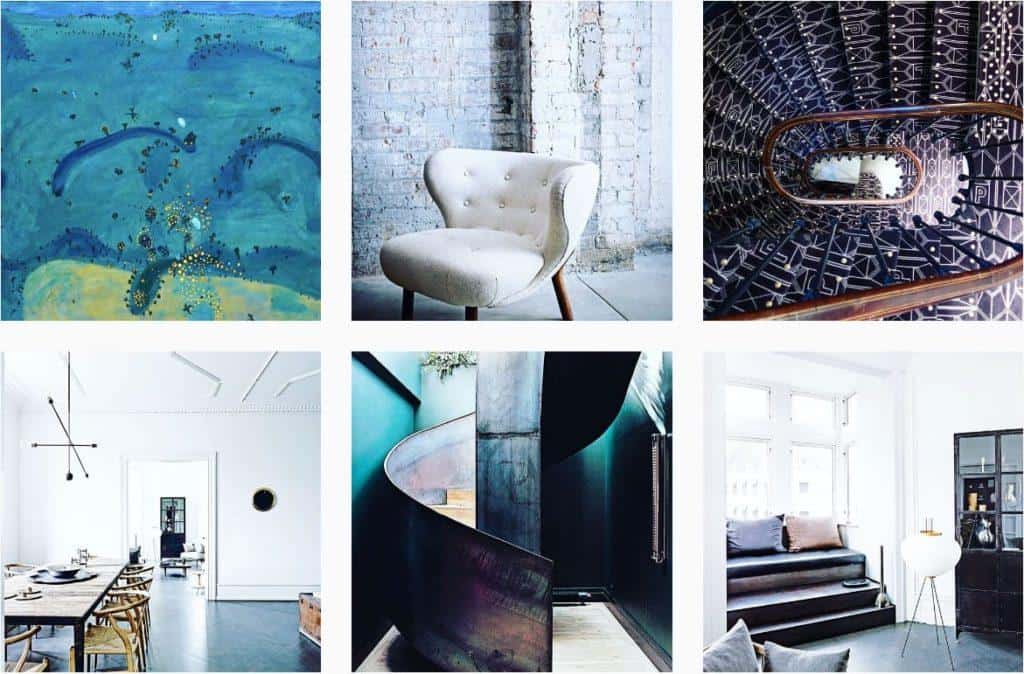
Tip #5: No current projects? There’s always something to share!
Often it can be months between the big shoots of entire projects, so in between, our experts recommend the following techniques for populating your social feeds:
Storyboards
Shoot your concepting process. This might be inspiration boards, drawings with swatches, renderings, scale models or some other device you use to illustrate concepts and themes. You can shoot these in a way that’s abstract so as not to reveal any proprietary information by showing a sliver or a slice along with other elements. This is also an opportunity to storyboard your own dream concepts, to design for the kind of projects you wish to get.
Along the way, you can create mini concept shots that focus on color stories through paint palettes, fabric and finish samples. These things CAN be beautiful. Designer David Scott, crafted an entire monograph (Outside the Box) on the strength of his concept trays and themed inspirations.
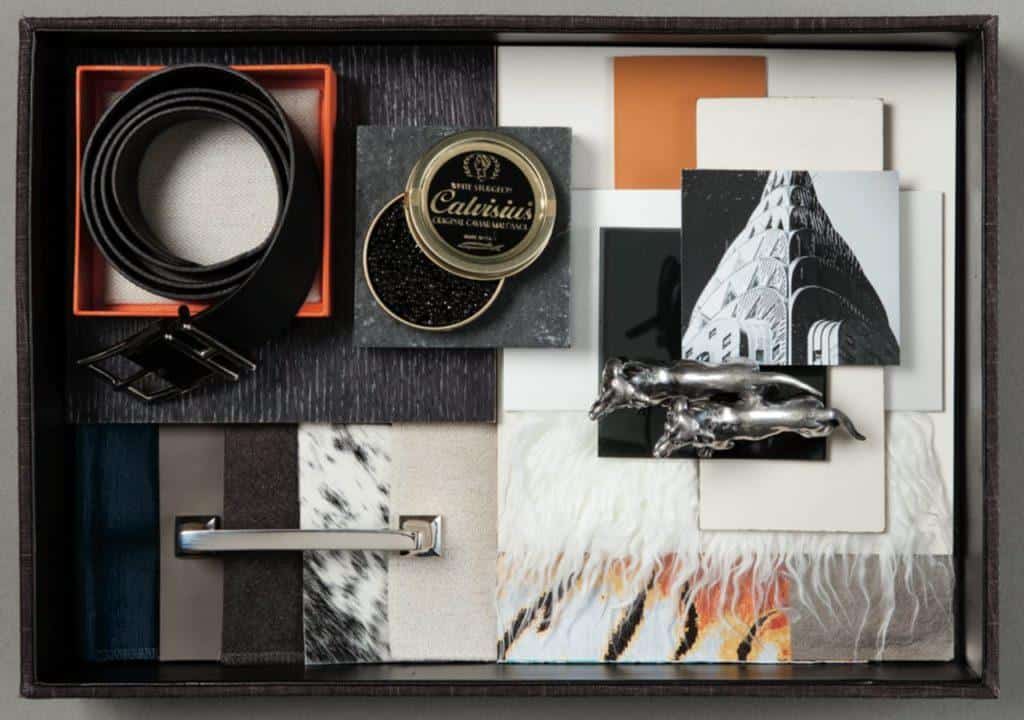
Curation
How do you see the world and what’s in it? This is as important as the original work you create. Many design pros wonder who will care about this, but as a design pro you are an opinion leader, and your singular take on anything from iconic landmarks to street art is part of your brand persona. If you admire the work of your colleagues in the field, share that as well. An open, generous sharing of ideas is more accessible than ever. Just make sure that you don’t put any image in your feed that you don’t love. Even if it means you don’t post from a particular event, it is better than posting something that doesn’t reflect your viewpoint on design. Remember, it is your brand’s magazine.
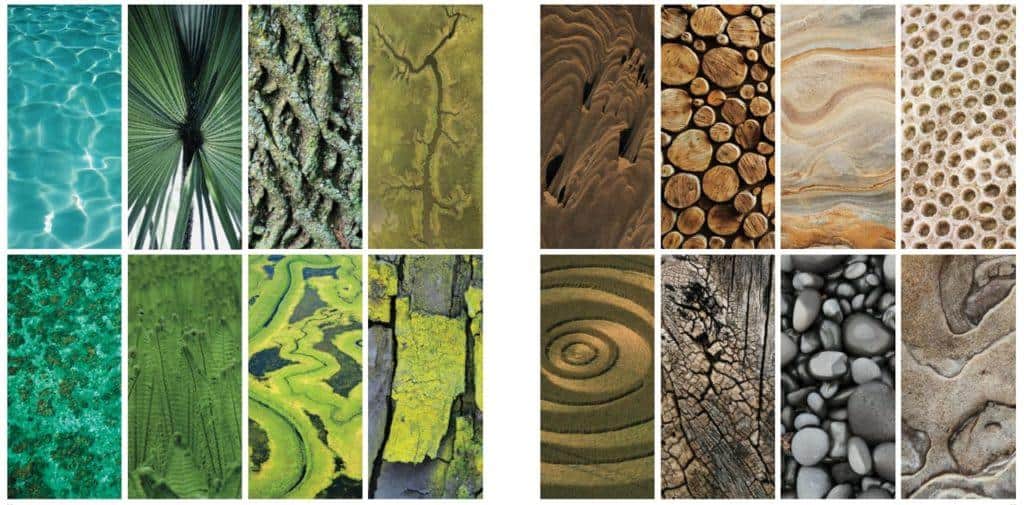
Works in progress
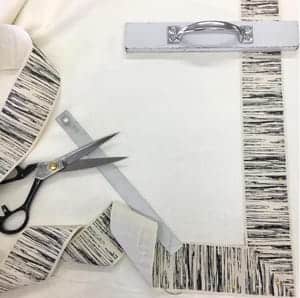
Turn that showroom or workroom visit into an opportunity for content. Shoot funky angles of a half-upholstered chair or come in tight on some finish detail that’s rocking your world. People love behind-the-scenes content and building anticipation before a final outcome is one of the strongest engagement tools in social media.
Do you already have great images of your work? Send them our way, and be sure to point out where you’ve incorporated Crypton fabrics. You may just see them published in this space, or we may contact you to see if our PR teams can pitch them to design publications for editorial or social media.
Get Inspired by More Fabric and Textile News
Get out expert tips on designing a home made for living.
The new Fabricut fabric collections are splashing color everywhere.
Check out these nature inspired fabrics available from Burch.
Why Crypton?
Crypton Home Performance Fabric is the leading stain-proof, odor-resistant interior performance fabric. Choosing Crypton Home Performance Fabric protects your investment in the upholstered furniture you use every day—sofas, sectionals, dining chairs, bar stools, and more.
Crypton Home Performance Fabric is spill-proof and stain resistant because life gets messy. We’ve made the fabric cleaning process as easy and pain-free as possible. By brushing off dirt and wiping up spills as they happen, you can keep your upholstered furniture like-new by following our simple maintenance instructions.
Crypton Home Performance Fabric is available from the brands you already know and trust, including Ballard Designs, Arhaus, and many more. Shop a wide selection of sectionals, sofas, accent chairs, ottomans, dining chairs, and more by selecting “Crypton Home Performance Fabric” for your upholstery.
Ready for your next piece of furniture?
Tell us who you are:
Latest Instagram Posts
Recent Blog Articles
Get Crypton news and helpful articles delivered right to your inbox.
Tell us who you are:
Disclaimer: Your information is safe with us and we will never spam you.
Expect 1-2 emails/month from us!
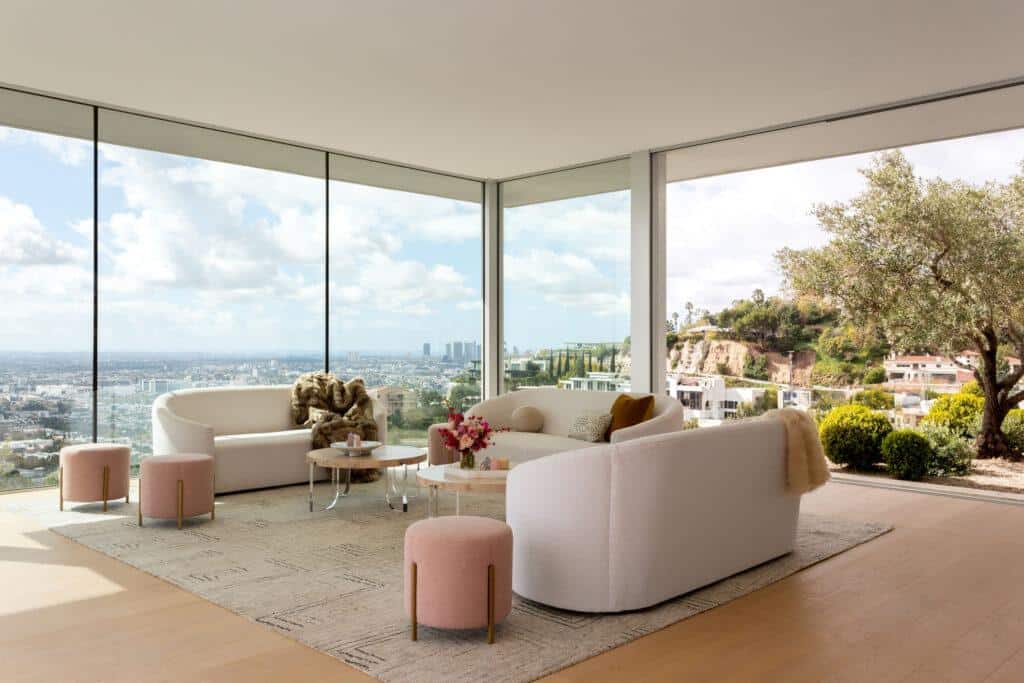
The indoor performance fabric brand
trusted by millions.
Crypton guarantees beautiful, easy-to-clean upholstery fabrics designed for indoor spaces that live work, heal and play. Found across all the top names in design, our upholstery fabric is easier to find now than ever before. To get started, tell us who you are:
